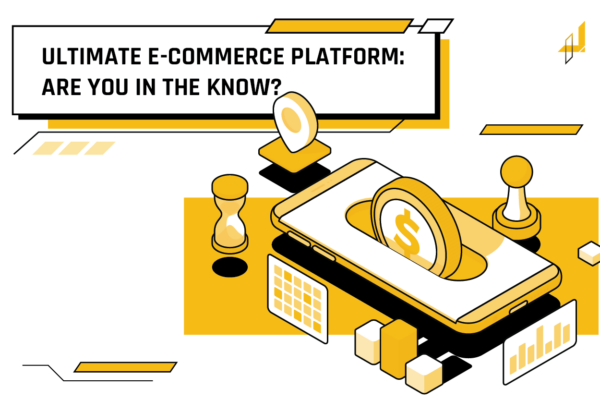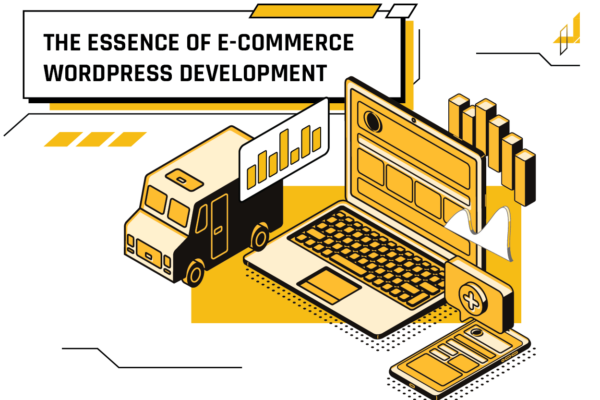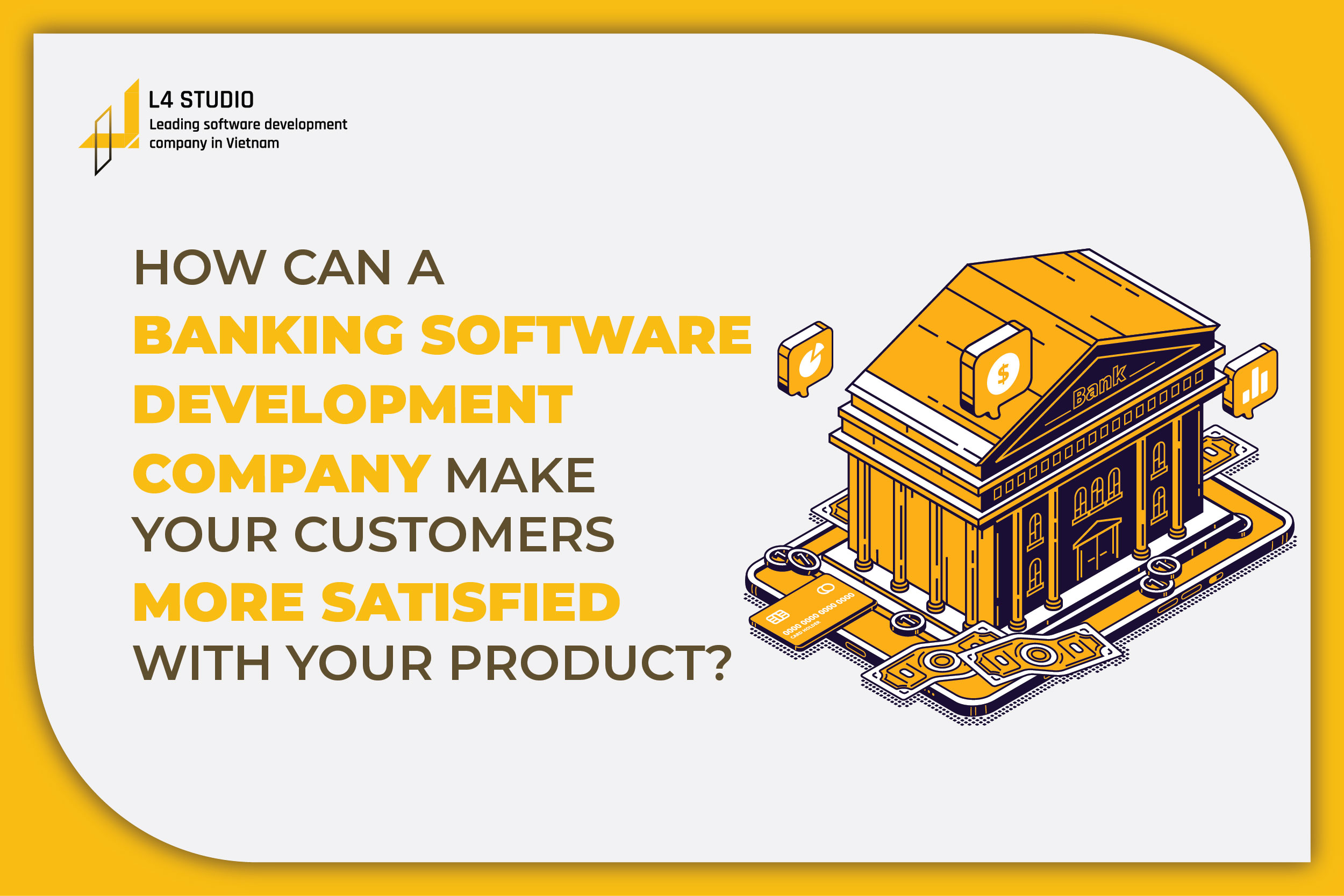
HOW BANKING SOFTWARE DEVELOPMENT COMPANY CAN MAKE YOUR CUSTOMERS MORE SATISFIED WITH YOUR PRODUCT?
Banks’ businesses and every banking software development company are both aware that their frequently outdated banking platforms do not provide a strong foundation for adaptability, creativity, and resilience, and they are investing in changing this to help their customer be more satisfied with their services.
1. Advantage bank account management
The purpose of using a mobile banking app is to allow users to manage their bank accounts directly from their mobile devices.
Users can monitor their credit cards and bank accounts, check balances, view transaction histories, and transfer funds from anywhere at any time thanks to bank account management capabilities.
As a banking software development company, we should always include the necessary features. However, the banking business can still be creative when we developing for your app. You can implement goal settings so that users can work directly from the source of all of their financial information to achieve a savings goal. This feature allows users to specify the amount they want to save and the time frame in which they want to save it.
Yes, third-party budgeting apps are available, but they do not record all credit card transactions in real time. This means your customer could be spending money with your credit card or withdrawing cash from an ATM and the third-party app won’t be able to register the activity quickly enough for you to make an informed decision about how to budget your money.
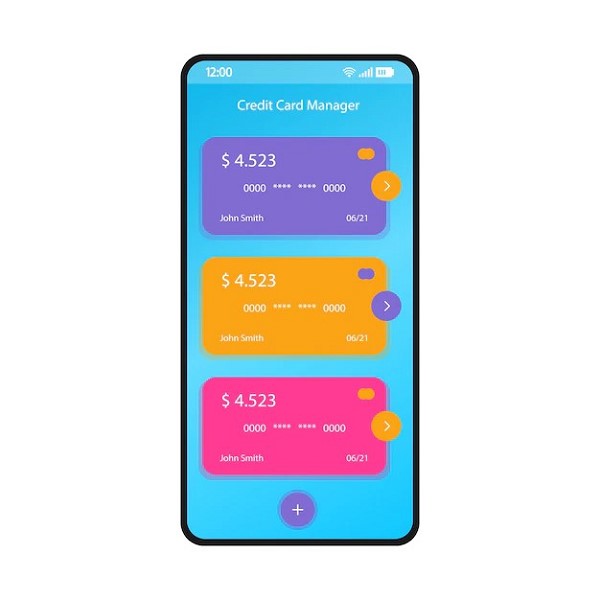
Figure 1. Bank account management help customer have more convenience when managing their finance and information
You’ll be able to see your balance and transaction history in real time with a budgeting feature that the banking software development company embedded directly into your banking app. You could even create categories to track where your money is going. That such as entertainment, food, online shopping, and so on. This way, you can see if you’re on track with your budget or if you need to make changes.
2. Advantage security and alert
To have a successful banking app, make sure that it has secure sign-in functionality. You want to include specific steps in signing in to a user’s online banking account without adding too many steps that may irritate users.
The line between being cautious and being paranoid is thin. A successful banking app ensures that the banking software development company creates a sign-in process that is quick and simple while also secure, giving the user peace of mind.
Biometric authentication, on the other hand, verifies users by examining physical characteristics. This advanced technology, among other things, can recognize a person’s typing rhythm, voice, and even physical gestures.
3. QR code payment
QR codes are becoming increasingly popular in mobile apps, allowing users to scan their code on a barcode reader to make purchases quickly and without contact.
Leading banks are now getting in on the QR code action by working with a banking software development company to embed QR code scanning technology into their applications.
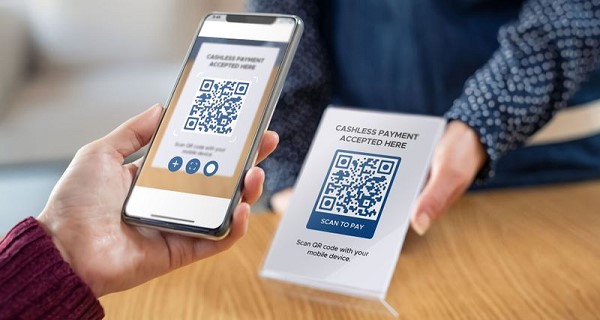
Figure 2. QR code payment helps your customer can pay more easily and avoid unwanted mistakes
QR codes offer an excellent alternative solution for both issuers and merchants looking to expand their customers’ mobile payment options. QR code payment solutions are simple to use, extremely convenient, and provide added security that customers appreciate.
4. Peer-to-peer payment
Peer-to-peer payments, or P2Ps, enable online banking customers to transfer funds from their accounts to the account of another person directly from their mobile app.
P2Ps are the reason that married waiters splitting checks for groups of 12 is no longer common. In most cases, money is deposited safely, securely, and instantly using mobile banking apps with P2P capabilities provided by every banking software development company.
Although many third-party vendors offer similar services, using a banking app is far more convenient. The banking app requires the user’s ID number, and the bank manages the fund’s transfer.
In addition, unlike many third-party vendors, most banks do not charge a fee for transfers. It is always preferable to make peer-to-peer payments through a banking app rather than a third-party provider for added security, dependability, and prompt payments.
NEW APPROACHES TO IMPROVE THE EXPERIENCE OF DIGITAL BANKING
Because half of the world’s population now uses online banking, banks must make significant improvements to their digital platforms in order to maintain existing customers and draw in new ones. While improving customer experience is important for financial service providers to scale revenue growth, it may be challenging as clients become more aware of excellent digital banking options. So what can be done when CX challenges for digital banking are growing daily?
1. ALLOW FOR ONLINE ONBOARDING
The application for a new account or service is frequently the first step in the onboarding process for new clients, which lasts until the client is thoroughly invested in the business relationship. In comparison to others that haven’t, certain institutions that have automated their application procedures can cut down on duplicate chores and provide clients a smoother and speedier experience.
eKYC (electronic Know Your Customer) is a cutting-edge technology that banks are able to use to become nimble and provide clients a quick and seamless onboarding process. Easy completion, authentication, and digital documentation capabilities that may make the account opening process simpler are what clients anticipate.
Customers who want to expand their credit limit must still visit the representative offices since the eKYC process only allows for a fixed amount of credit.
2. GIVE A SMOOTH OMNICHANNEL EXPERIENCE A PRIORITY
Nowadays, customers want to communicate with companies via a variety of platforms. That including websites, mobile applications, call centers, bank branches, and other channels. The banking sector must look beyond determining the best channel mix to ascertain what is best for each individual customer.
Having the same set of services available across all channels, both online and offline, is necessary to provide an omnichannel banking client experience. Data synchronization across several channels in real-time is another feature of the full omnichannel banking platform. Customers might, for instance, start the onboarding process through one channel and finish it through another without having to repeat their information.
3. INSIST ON THE PRODUCT’S DESIGN
Banks and other financial organizations have recently added a number of capabilities to their mobile applications. You must focus on the design of their platforms to make sure that they are user-friendly and feature-rich in order to prevent confounding their customers.
According to a recent Money Summit study, 34% of customers have changed financial service providers as a result of unsatisfactory app UI interactions.
In order to draw in more new clients, banks must also stay current on product design trends. Check out our creative suggestions for the design of your banking app here!
4. USE ANALYTICS WITH LARGE DATA
You must have a solid understanding of the requirements and expectations of the consumer if you want to improve the retail banking experience. This entails utilizing the data that is currently accessible while creating a 360-degree view of your banking users’ spending patterns, incomes, and spending habits.
Making critical business decisions and improving the financial services experience both depend on big data analytics. The importance of adopting big data analytics to have a thorough knowledge of these changes is brought on by the growing changes in customer demand. Based on these findings, banks may update their digital banking offerings to address unmet client demands and provide a variety of incentives that are specially tailored to them. Furthermore, by using big data analytics, financial service companies may analyze the conversion rate (CR) of consumers and create tailored marketing efforts.
5. AUTOMATE ONLINE CUSTOMER SERVICE
Banks will need to use chatbots, customer relationship management (CRM), and automated processes in addition to traditional customer assistance to better serve the digital client. Case-by-case manual resolution might unnecessarily use up time and resources since consumer enquiries can be numerous and recurring. You can manage the difficulties of many users in real-time by automating the customer care process using pre-built scenarios, which will also help you save staff time and lessen your reliance on human customer assistance. The customer support division may focus on resolving critical situations in the meantime, resulting in more efficient procedures.
Secure chatbots are anticipated to become a staple of many digital banking offerings, especially as FAQs become less practical. AI chatbots may leverage your current database to create some pertinent responses and proactively offer them to users based on information like frequently asked questions from consumers, their most-used services, etc.
Conclusion
The only reason banks are market leaders is that they have a well-designed, user-friendly banking mobile app that customers adore. Walking into a bank to handle specific needs, such as depositing checks, transferring funds, checking balances, and so on, has almost become obsolete. Customers can do all of these things, and much more, directly from their smartphones using a mobile banking app provided by a banking software development company. It doesn’t get any easier than that!
Source: Internet
——————————
L4 STUDIO – LEADING SOFTWARE DEVELOPMENT COMPANY IN VIETNAM
Website: https://l4studio.net/
Email: hi@l4studio.net
Phone: (+84) 28 6675 6685
Our Mobile App Development Services: https://l4studio.net/mobile-app-development/
For more exciting blogs: https://l4studio.net/it-knowledge/
Follow us at: https://www.facebook.com/L4Studiovn/
Read more:



